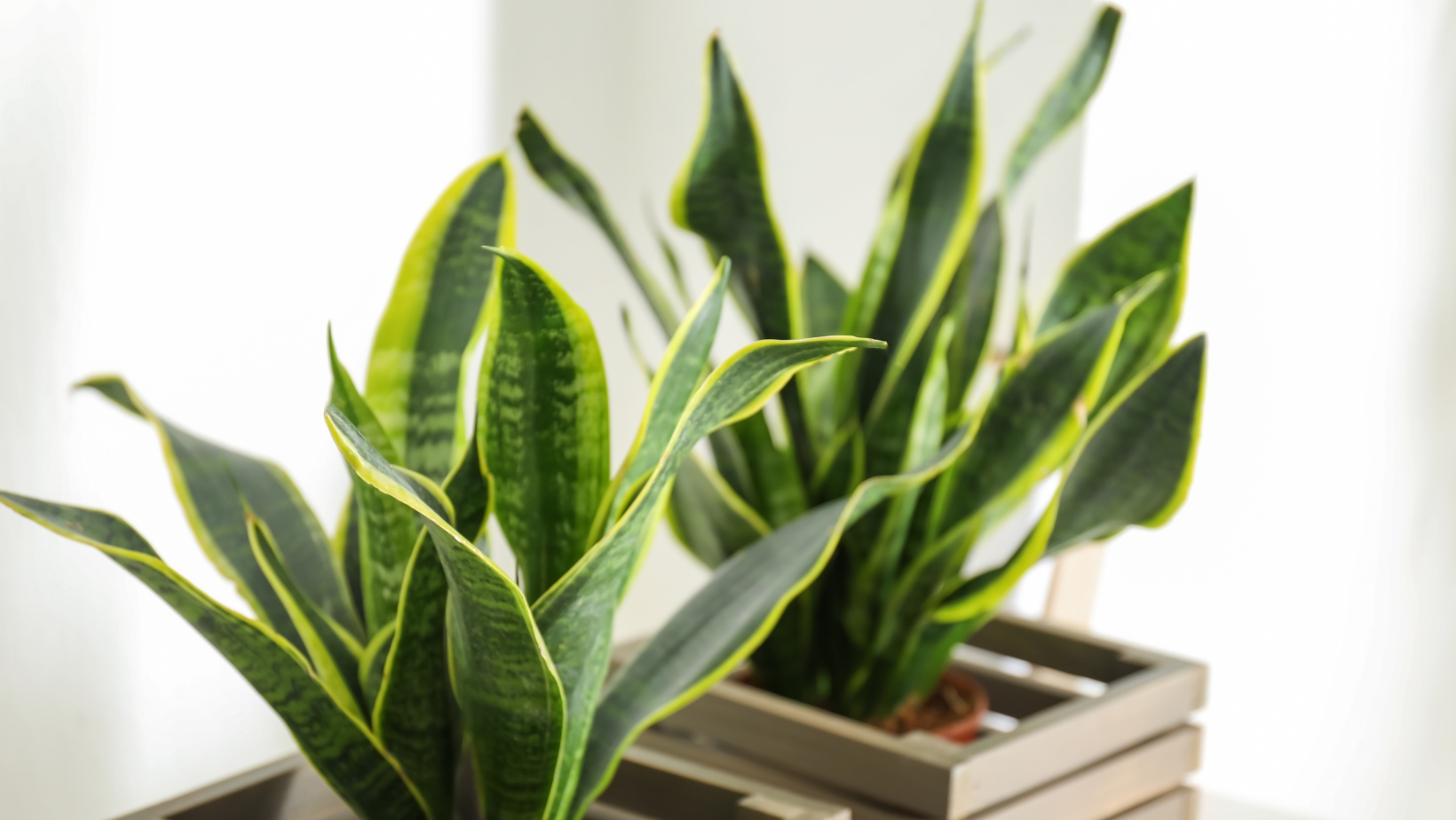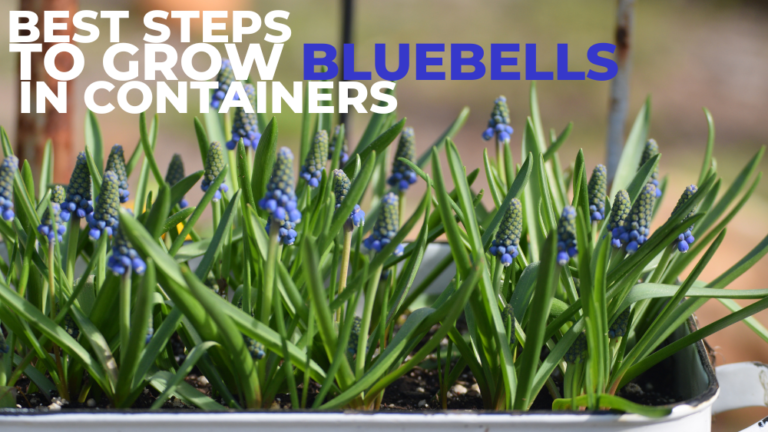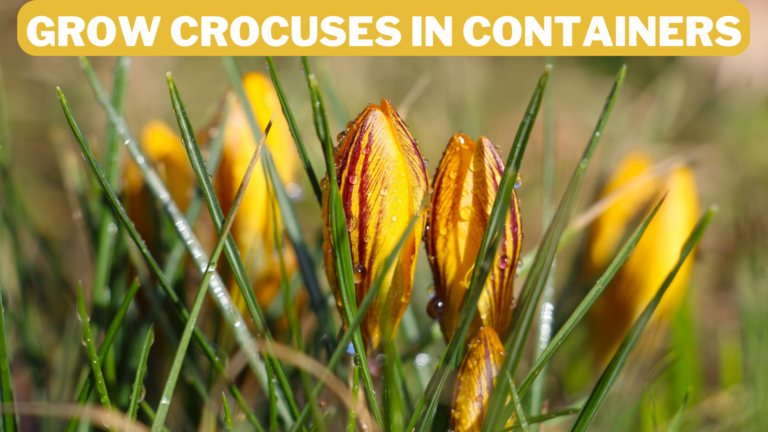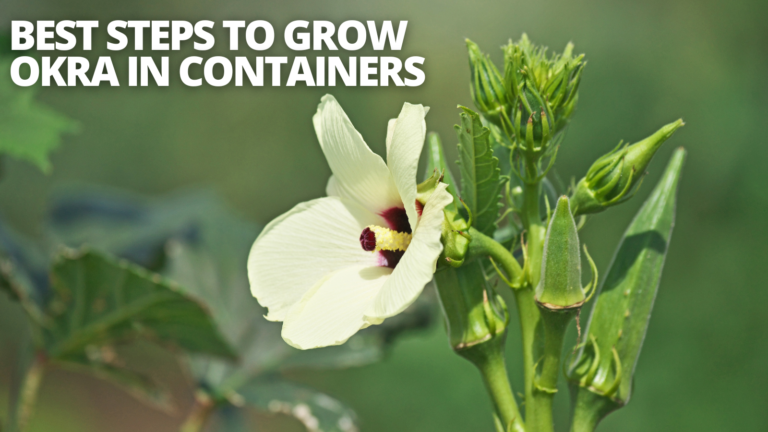Simple Tips To Grow Snake Plants In Containers
Simple Tips To Grow Snake Plants In Containers
One of the simplest houseplants to care for is the snake plant, also referred to as “Mother-in-Tongue” Law's and Sansevieria. This succulent plant is ideal for beginners because it is very tolerant of what you need to know about maintaining a snake plant at home!
Snake plants, which are indigenous to southern Africa, are well suited to climates that are comparable to those in the southern United States. As a result, in USDA zones 8 and warmer, they can be grown outdoors for a portion of the year.
Like bamboo, snake plants should only be planted in restricted areas or pots because they spread by sending out underground runners and may become invasive. Hope these tips will help you to grow snake plants in containers ideally.
Locating A Snake Plant
In search of a small piece of greenery for the living room or an office plant? A snake plant is a great option because it does well with little light. It will also expand in direct, bright light. Just make sure you don't leave it where the windowsill sun can burn the leaves.
To preserve the colours, you should put your variegated snake plant (one with green and white or yellow leaves) in an area that receives bright but indirect light. When exposed to deficient light levels, variegated plants occasionally turn green. While plants thrive indoors, they can also flourish in zones 10 through 12 when grown outside shade.
Popular Types Of Snake Plants
Dracaena Trifasciata (Sansevieria trifasciata)
Dracaena trifasciata can grow up to about 4 feet tall in its natural environment, but it will typically grow a little smaller indoors. The typical snake plant that you see everywhere is this one.
It is incredibly resilient and, like all snake plants, will thrive in bright windows. However, it will survive in low-light conditions as well. Even those exposed to a few hours of direct sunlight.
Dracaena Trifasciata ‘Laurentii’
This Dracaena trifasciata species cultivar is known as “Laurentii.” The leaf centers have lovely mottling, and the leaf margins have lovely yellow stripes. The Striped Snake Plant or Striped Mother-in-Law's-Tongue are two familiar names.
Be aware that the pups produced if you attempt to propagate this plant by leaf cuttings won't have the yellow markings on the leaf margins and will instead resemble the plain species.
Dracaena Trifasciata ‘Moonshine’
Beautiful silvery-green leaves grace this variety. The foliage of this plant will become a darker shade of green if you keep it there. As they get older, the leaves will also naturally darken. The Royal Horticultural Society's Award of Garden Merit was given to Sansevieria ‘Moonshine' in 1993.
Dracaena trifasciata ‘Bantel’s Sensation’
The leaves of this gorgeous, variegated cultivar are narrower than those of most snake plants and feature a recognizable white, vertical striping. It has a maximum height of about three feet.
Dracaena Masoniana
Dracaena masoniana, also referred to as the Whale Fin plant or Mason's Congo, is a striking addition to any collection, thanks to its enormous leaves!
Dracaena Ehrenbergii ‘Samurai Dwarf’
This snake plant species has a short growth cycle and only reaches heights of 4-6 inches. Unlike most snake plants, these have V-shaped leaves that develop in an alternate pattern.
Expect this one to stay put because it grows very slowly.
Dracaena Cylindrica var. Patula ‘Boncel’
This unusual snake plant variety has round, short, and fat leaves that develop in a fan-like pattern. They will eventually add numerous growths to the pot to fill it up. Its common name is Starfish Snake Plant, though it is also referred to as Spear Orchid (though it is not an orchid).
Dracaena trifasciata ‘Hahnii’
Another short-growing snake plant, this one with a maximum height of about 12 inches and the common name “Bird's Nest Snake Plant.”
Sansevieria Ehrenbergii (Blue Sansevieria)
Two parallel rows of leaves are produced by the blue sansevieria snake plant. Each leaf can reach a maximum height of 5 feet and a maximum width of 2.5 inches. These rounded leaves are a deep green colour. Rhizomes will sprout as it gets older. This plant can cluster thanks to its rhizomes. Late summer or early fall sees the emergence of tiny, purple-tinged, grayish-white flowers.
Sansevieria Ballyi (Dwarf Sansevieria)
The 6-inch height of a dwarf sansevieria is a struggle. This choice forms a rosette that is almost perfectly symmetrical. Each up to 4-inch-tall, light-green leaf is bounded by dark-green lines. On this choice, upright stems bear whitish-green flowers that can measure up to an inch in length. Although single flowers are an option, clusters of two flowers are more common.
Sansevieria Kirkii
Sansevieria kirkii, one of the biggest snake plant species, forms a rosette that can grow to be up to two feet across. The 6-foot-long, 3.8-inch-wide leaves have wavy edges and are spotted with a coppery-bronze colour. Sansevieria kirkii has colourful leaves that get more colourful the more sunlight it receives. Additionally, more sun exposure will hasten its growth.
Sansevieria Patens
The leaves on the sansevieria plant continue to grow in various directions, unlike the mature leaves of many snake plants, which are straight and upright. These cylinder-shaped, deep green leaves can grow up to a yard long. Light-green spots are outlined in black on the leaves. In the late summer and early fall, gray-white flowers bloom.
Sansevieria Zeylanica (Ceylon Bowstring Hemp)
Upright leaves from the Ceylon Bowstring Hemp can grow up to 2.5 feet long and 1 inch wide. These sword-like leaves have dark-green bands and white spots on them. The edges of the leaves will turn yellow if you place this choice in direct sunlight. In the late summer, a 2-foot-tall flower stem with a white flower on it emerges from the center of each rosette.
Sansevieria Trifasciata ‘Cylindrica’
When you look at the sansevieria trifasciata cylindrica, also known as the African Spear, you might be perplexed and think that you are looking at a type of lucky bamboo or a snake plant. Short cylinder shoots are produced by this plant, which prefers sandy soil. With this option, you can braid the shoots to create a distinctive shape or leave them unbraided by securing the ends with a plant nail. To encourage the most colour in your plant, place it in direct sunlight.
Sansevieria Cylindrica ‘Boncel’ (Starfish Sansevieria)
The sansevieria cylindrica boncel is shaped like a distinctive fan. Each of the light green leaves has dark concentric circles on it. Each leaf, which can get as long as 7 feet, can get as broad as 1 inch. One-inch tubular flowers will develop if this choice is allowed to grow in direct sunlight. The flowers are greenish-white and smell sweet.
Sansevieria Eilensis
Sansevieria eilensis has bluish-green leaves that can grow up to 5 inches long. There is a low arch to these leaves. Immature leaves have a deep channel down the middle and reddish-brown margins. Additionally, the immature leaves have papery, brown cuticles. New leaves that appear as the plant ages have a more cylinder-like shape. On spike-like racemes, flowers emerge in the late summer.
Sansevieria Trifasciata ‘Golden Hahnii’
A dwarf variety of the golden hahnii, also known as the golden bird's nest. Rarely does it grow taller than 10 inches. This alternative creates low rosettes. The oblong, gray-green leaves are upright. They are outlined in yellow and have dark green crossbands. In the late summer or early fall, unnoticeable yellow-green flowers bloom.
How To Grow Snake Plants In Containers
Grow Snake Plants From Seeds
Snake plants can be grown from seeds, but other forms of propagation are simpler, faster, and more dependable. Snake plant seeds typically have low rates of germination. Before you see a seedling, it may take three to six weeks.
Fill a three-inch pot with a seed starting mix or well-draining cactus potting mix to start plants from seeds. On top of the starting mixture, scatter the seeds. Put the pot in a cozy, sunny location.
To maintain warmth and humidity, wrap the pot in plastic wrap or a clear plastic dome. Remove the plastic wrap as soon as you see seedling development. Throughout the germination process, keep the soil slightly moist but not soggy or wet.
When the seedling is three to four inches tall, it will be time to re-pot it.
Humidity And Temperature
If exposed to temperatures below 50 degrees Fahrenheit, snake plants will suffer because they prefer warm surroundings. Place the plant in an area that will shield it from drafts. It is ideal if the temperature is between 70 and 90 degrees Fahrenheit. This plant will die from frost.
Fertilizer
During the growing season, feed your cacti with a mild cactus fertilizer, a balanced liquid slow-release 10-10-10 fertilizer, or a 20-20-20 fertilizer that has been diluted to half strength. Winter is not the time to fertilize.
Water Requirements
To ensure the healthiest possible growth of many of the houseplants we are familiar with, precise watering schedules are required. However, if the circumstances are right, even a “once or twice a week” schedule could turn into several weeks without a drink. This is why keeping a close eye is essential.
Snake plants, though? No, they'll manage. One could be thrown away in a closet over the winter and forgotten about until spring cleaning when you happen to come across it. You can be sure to find the plant in the same state.
Winter overwatering of Sansevieria is very simple. In the winter, I only give mine a tiny bit of water—enough to prevent the soil from cracking too much—every few weeks. Throughout the entire winter, snake plants only need ounces of watering; if they receive too much, their roots will become clogged and rot.
You can still get away with watering the plant every few weeks during the warmer months, sometimes spacing out the waterings over a month.
Your container's conditions will determine how often you should water it. A snake plant tucked into a shady corner can go for weeks without needing a drink, even during the summer. However, sunnier locations during extremely hot summer months will dictate more regular watering.
Pruning
To promote new growth, trim off damaged or mature leaves at the soil line using sterile pruning shears, scissors, or a sharp knife. The growing season, which is typically spring or summer, is the ideal time to prune. Although pruning can stress a plant, it is best to do it when the plant is actively growing. You can prune during the off-season. Remove the tallest leaves to keep your snake plant from growing too tall. Remove any damaged leaves as well. New leaf growth is stimulated by leaf removal.
Light Requirements
Snake plants thrive in indirect, consistent light with some direct sunlight. They can adapt to full sun exposure and can endure low light conditions.
Soil Requirements
A loose, well-drained potting mix is preferred by soil snake plants. In sandier soils, this plant will thrive. Use a potting medium with little peat in it. Peat is helpful in a variety of applications, but it can get compacted and occasionally has drainage or rehydration issues. A good option is an all-purpose cactus potting soil.
Snake Plant Repotting And Potting
Choose a strong pot material when potting because weak pots can easily crack and break strong roots. Although dracaena typically grow slowly and don't require much repotting, if given enough sunlight, they might multiply and need repotting or dividing. The spring is the ideal season to repot these plants. Always use new potting soil, a cactus potting mix, or a combination of the two when repotting.
Overwintering
A tropical plant known as the snake plant is susceptible to frost damage in the winter and can perish in temperatures below 50 degrees Fahrenheit. Before the temperature drops that low, bring the plant inside.
Maintain the soil on the drier side and keep the snake plant in a warm, draft-free area. Snake plants stop growing and go into dormancy in the winter. You will only need to water the plant about every six weeks during the winter.
Methods For Making Snake Plant Bloom
Snake plants produce tubular, creamy-white flowers that resemble lilies. Every year, when its requirements for water, sun, and humidity are met, it blooms. However, these plants hardly ever flower when kept inside all year.
The plant emerges from dormancy and accelerates its growth due to the change in seasons, specifically the arrival of spring. Like other dracaena species, it blooms at night and has fragrant flowers. These flowers don't require deadheading because they fall off on their own.
Common Pests And Problems
- Scales, gnats, spider mites, aphids, mealybugs, and whiteflies are a few common houseplant pests that snake plants are vulnerable to. If you take care of your plant, you can prevent an invasion from insects. When a plant experiences environmental problems like inadequate water levels, humidity, and air circulation, insects frequently attack the plant. If you see insects on your plant, you can pick them off, lightly spray them with water, or use organic neem oil to repel them.
- It probably has root rot if the soil smells like it's rotting. Put some dirt up to your nose after scooping it out. Root rot has a bad odour. You can attempt to save the plant, but you must first look at the roots to see if the root system was successfully preserved. Exit the container with the root ball in it. Cut off any leaves or roots that are mushy or brown. Re-pot a portion of a sound root rhizome in new cactus potting soil or potting soil with good drainage. Rhizomes should be thrown away if they can't be saved. Use leaf cuttings to start a new snake plant.
- The leaves of a healthy snake plant are green with a few silver or yellow streaks. There are a number of conditions that yellow or brown leaves can signify, such as overwatering, pests, and root rot. If you manage the plant's water level properly, you can fix each of these issues. Overwatering damages the plant's roots and stresses it out, making it more vulnerable to pests.
- Curled leaves can be caused by thrips, a common pest infestation. Examine the leaves of your plant closely using a magnifying glass. It's simple to get rid of these little black bugs. To keep pests at bay, remove leaves that are severely curled and spray the plant with neem oil or vegetable soap. Eventually, new leaves will emerge.
- Healthy snake plant leaves develop upward and stand upright, but excessive water, poor lighting, or poor potting soil can cause the leaves to droop or flop. The soil gets soggy and has an impact on the foliage if you don't use a well-draining potting mix. Relocate the plant to a more sunny spot, water it less frequently, and, if necessary, switch the soil to one with better drainage.
Conclusion
Snake plants are a great choice for amateur gardeners because they are hard to kill. They thrive in containers and grow well in the ground or in centrepieces. Snake plants do best in warm climates and struggle in cold ones. Although this plant can withstand drought, it is vulnerable to overwatering, which can cause root rot. A plant should only be watered if the soil feels dry. When it's cold outside, these plants can go for two months without being watered. Water only once every two weeks during the summer.
I trust you enjoyed this article on the Simple Tips To Grow Snake Plants In Containers. Please stay tuned for more blog posts to come shortly. Take care!
JeannetteZ
>>>Please click here to read my all-inclusive article about Container Gardening<<<
>>>Are you interested in homegrown herbs and medicine? Please click here to find out more about it!<<<
Your Opinion Is Important To Me
Thoughts? Ideas? Questions? I would love to hear from you. Please leave me your questions, experience, and remarks about this article on the Simple Tips To Grow Snake Plants In Containers, in the comments section below. You can also reach me by email at Jeannette@Close-To-Nature.org.
Disclosure
This post may contain affiliate links. As an Amazon Associate and other affiliate programs, I earn from qualifying purchases at no extra cost to you. Read my full affiliate disclosure.
You might also enjoy these blog posts:
What Is Homeopathy And How Does It Work
Best Plants For Beginner Gardeners
Best Tips For Maintaining A Healthy Work-Life
Secrets To Getting Everything You Want In Life























